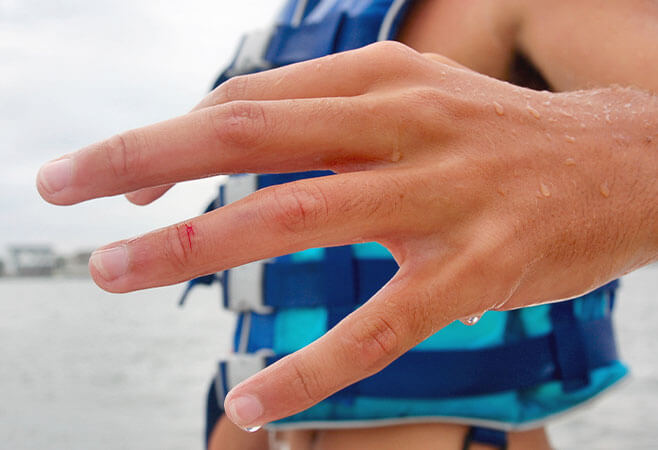Nice Info About How To Tell If Your Thumb Is Dislocated

A dislocated finger won't move because it's out of its joint.
How to tell if your thumb is dislocated. Learn about the causes, symptoms, diagnosis and. These tissues, known as ligaments, keep your. Notice if your injured finger is abnormally bent, painful, and won't move.
You may have it if: Similarly, the finger will likely. A thumb sprain happens when you injure the tissues in your thumb that connect the bones in a joint.
You may be given a local anesthetic to numb your pain during the procedure. A dislocated thumb most often occurs when one of the local joints sustains a high impact and/or is hyperextended beyond its limits. Add to basket find out more.
We are a caring and passionate. Pain while moving your finger. Your doctor probably put the thumb back in its normal position.
You'll probably need an x. It is normal to experience severe pain right after you break your thumb. Your doctor will press against the bone to free it if a piece is still wedged into the joint, and then pull the finger outward to get the bones back in place.
Tenderness or stiffness of your finger joint. Discover how to properly treat and heal your dislocated thumb with atl physio. The pain happens because your bones have nerves surrounding them.
Common signs include intense pain at the base of the thumb, swelling, bruising, and difficulty moving or straightening the thumb. A dislocation shows a sign of finger bones no longer together and being in an awkward direction. Deformity, swelling, and pain are signs and symptoms of a.
Limited motion, ability, or numbness. Reduction is the medical term for repositioning the bone into its proper place. Bruising and/or swelling on your finger or joint.
Limited thumb range of motion. It can be hard to tell if a finger is broken, dislocated or badly sprained. Symptoms may include:
A dislocated finger is usually painful, swollen, red, visibly crooked, may be numb or tingling, and may be difficult to move. Most thumb sprains involve the ulnar collateral ligament (ucl), which is located on the inside of the. The most common causes are.





/broken-arm-805118550-5b6cbf5746e0fb0025e80dc2.jpg)












